The Central Bank of Nigeria (CBN) in collaboration with Heritage Bank said they are targeting a 60 per cent reduction in Wheat importation with the adoption of a novel but more robust approach to boost local production and reduce.
Specifically, the partnership is aims at to consummating Wheat Seed Multiplication Project in Jos, Plateau State as part of the CBN’s Brown Revolution Initiative.
A statement from the bank noted that wheat value chain intervention is meant to address the challenges in Wheat value chain, thereby increasing the domestic production of wheat and closing the wide supply gap in Nigeria agricultural space.
Join our WhatsApp ChannelThe novel initiative that will boost wheat production annually is being processed via rain-fed cultivation, as this approach is actually the first ever wheat programme that it would be planted in wet season it stated.
Speaking at the flag-off ceremony for the Brown Revolution Initiative, which was the pilot project and to declare the 2021 dry season farming open in Jos recently, the CBN Deputy Governor, Corporate Services Directorate, Mr. Edward Adamu said the country spends about $2 billion annually importing 5.2 metric tonnes of the commodity to meet local demand.
He added that the short-term benefit is the addition of about 2, 000 metric tonnes (MT) of high yield seed variety to the national wheat seed stock which is 20, 000MT currently.
According to him, this effort has the potential to add about 750, 000MT of wheat annually through rain-fed cultivation.
He noted that estimated that only one per cent or 63,000MT of wheat, out of the five to six million metric tons of wheat consumed annually was produced locally, whilst with the Brown Revolution and in partnership with Heritage Bank and others, CBN seeks to eliminate dependence on imported wheat by 60%.
The MD/CEO of Heritage Bank; Ifie Sekibo who frowned at the country’s increased wheat importation bills affirmed that this strategic partnership would help reverse the trends and upscale domestic production of wheat to close the wide supply gap in the agricultural space.
As part of the bank’s efforts to support the high yield seed variety to national wheat seed stock, Sekibo represented by the Head Agricbusiness and Export, Ugonwa Ikegwuonu explained that the bank set out to cultivate a total of 1, 000 hectares of farm land at the end of the year with at least producing about 5tonnes of wheat seeds per hectare in terms of yield.
“We set out to cultivate a total of 1,000 hectares of farm land but at the end of the day because of time constraints & other challenges, we have been able to cultivate 357 hectares.
The crops according to the project manager are doing very well & in few weeks they will be ripe for harvest, in fact part of the farm is already ripe for harvest. So we set out with this partnership with two anchors which we call service providers,” he further explained.
Speaking during his welcome address, the Governor of Plateau State, Simon Lalong affirmed that Nigeria was on the path of Agricultural food sufficiency with the ‘Brown Revolution’ the rain-fed wheat would help curtail the $2billion spent on importation of wheat.
He further noted that the target of his administration was to attain zero importation of wheat, attain wheat sufficiency in the economy and commence exportation to raise foreign reserve.
President of Wheat Farmers Association of Nigeria, Salim Muhammad stated that they have good understanding with Heritage Bank for its proactive approach to the objective of the rain-fed wheat production in Agriculture value chain.
He assured, “I assure you that at the end of this programme, by next season, it will be a different scenario/story because we are now doing on a very small scale but I’m sure by next season, the real revolution will start off and it will be seen all over Nigeria.
Because, currently we are producing wheat in 16 wheat producing states. By the coming of this wheat dry season, seeds available and practicable; we are going to expand our scope to cover other areas that can produce wheat during the dry season.
I’m not saying that we are going to cover the whole 36 states of the Country, but I assure you, by next season we will be thinking of about 20 to 27 states that we have.”

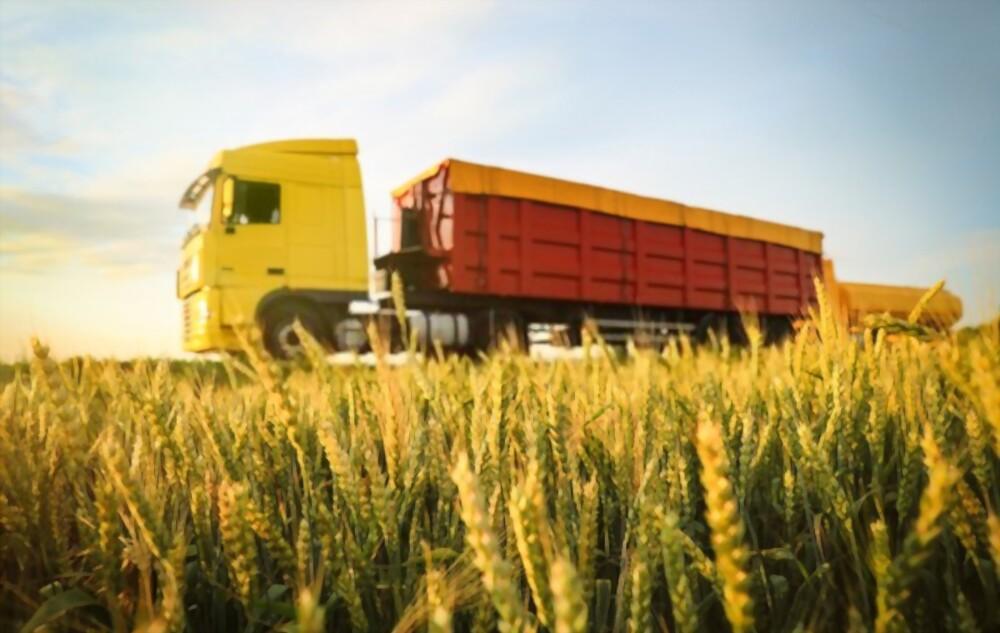



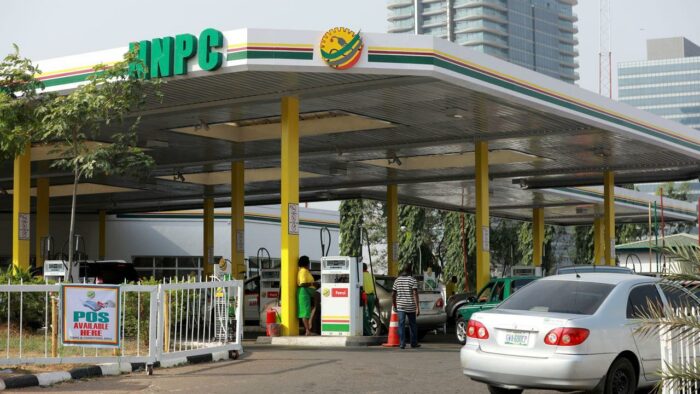



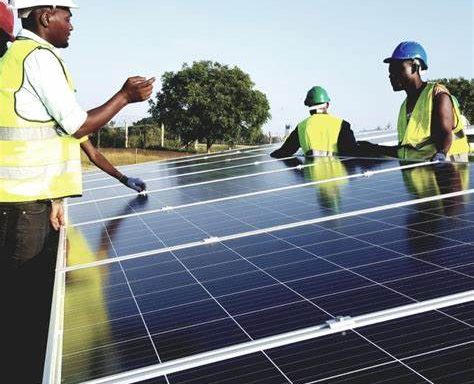





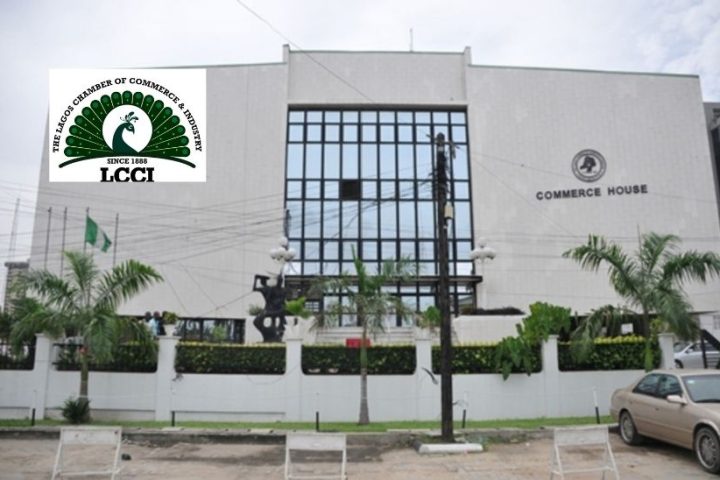
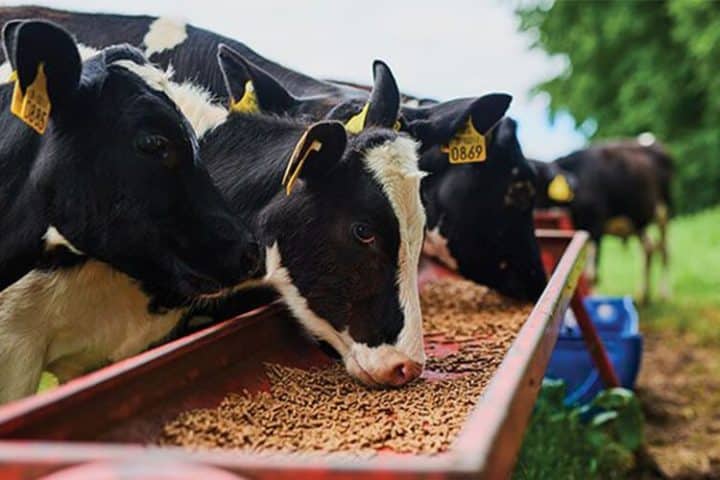
Follow Us